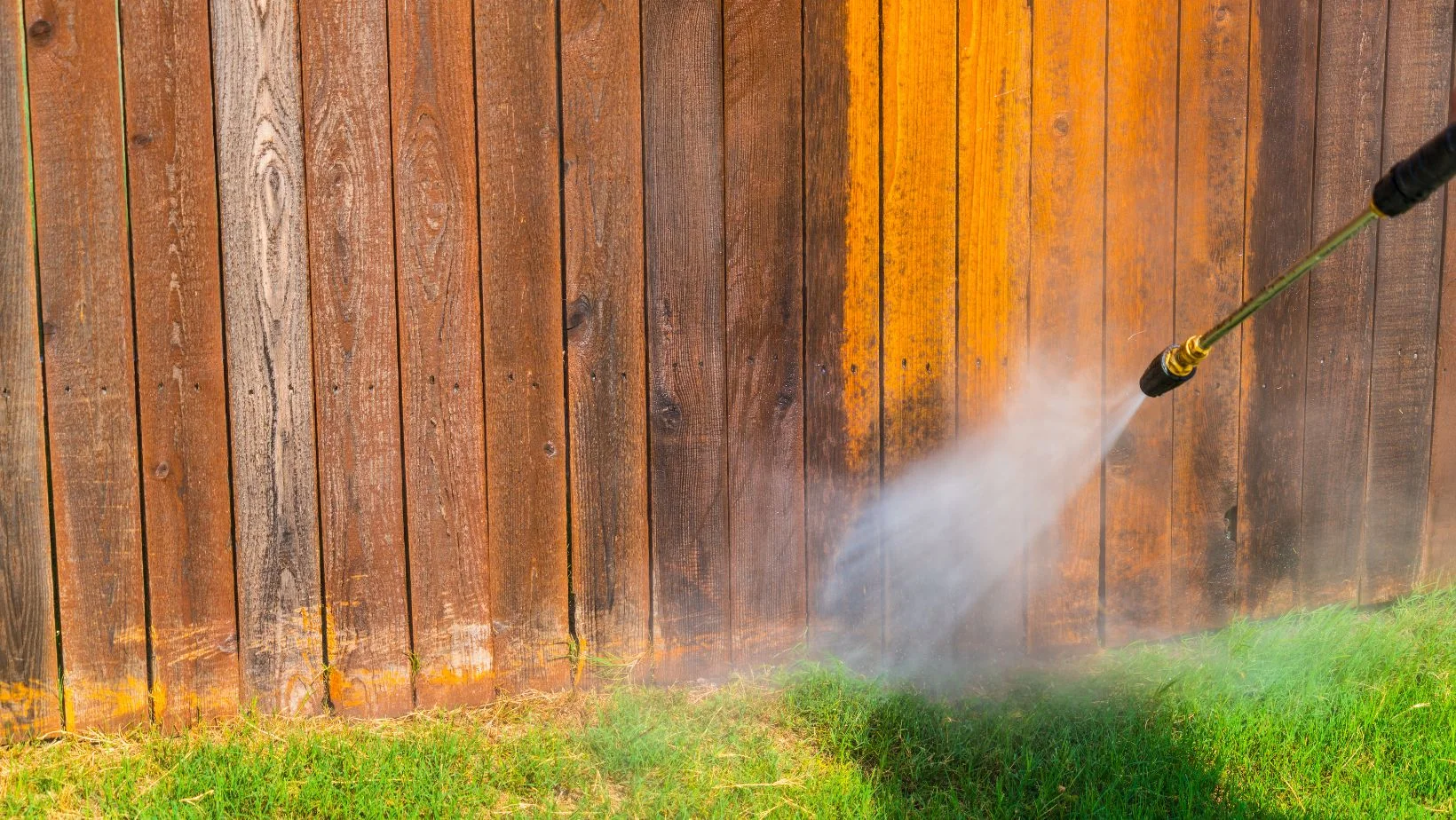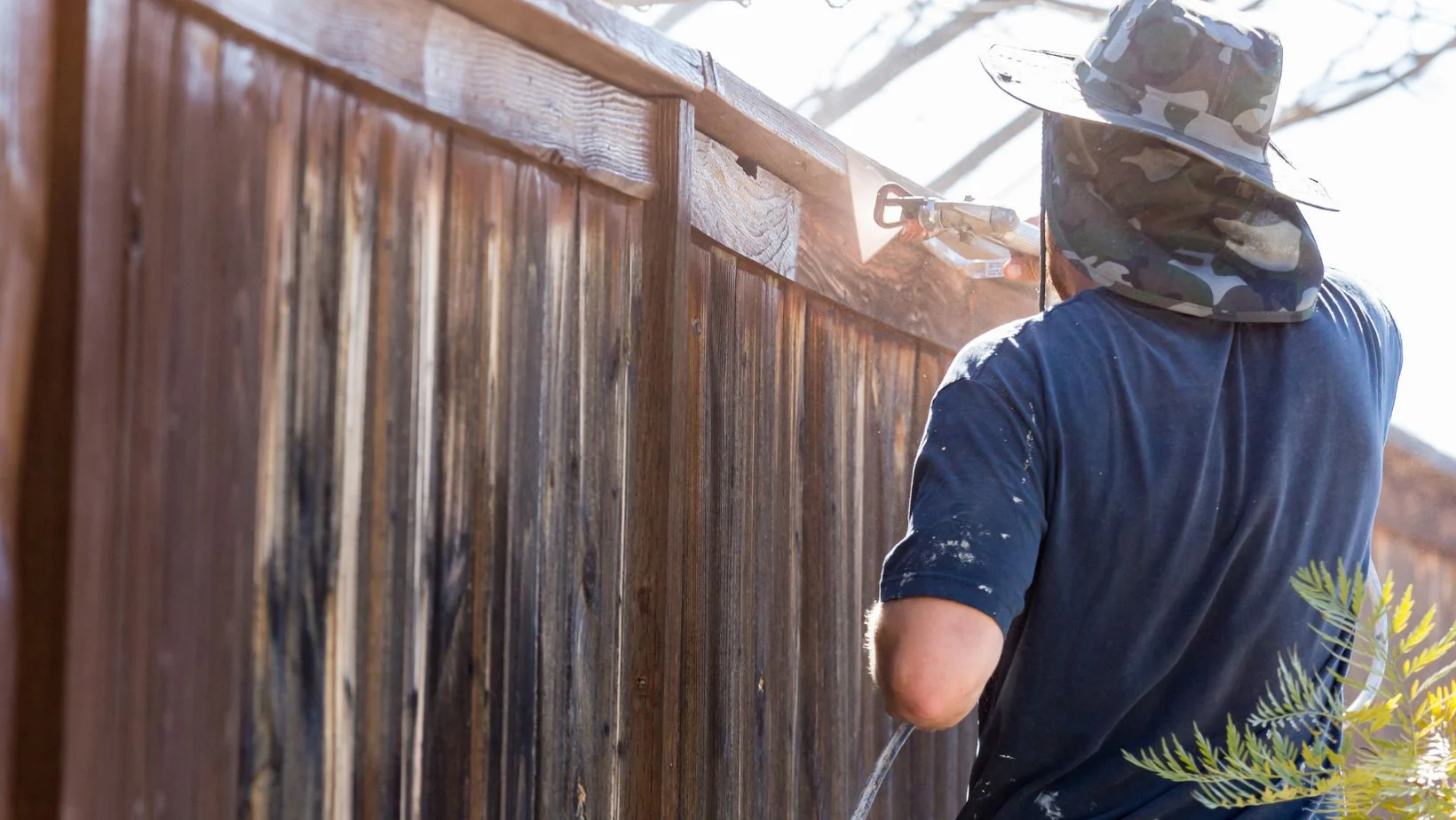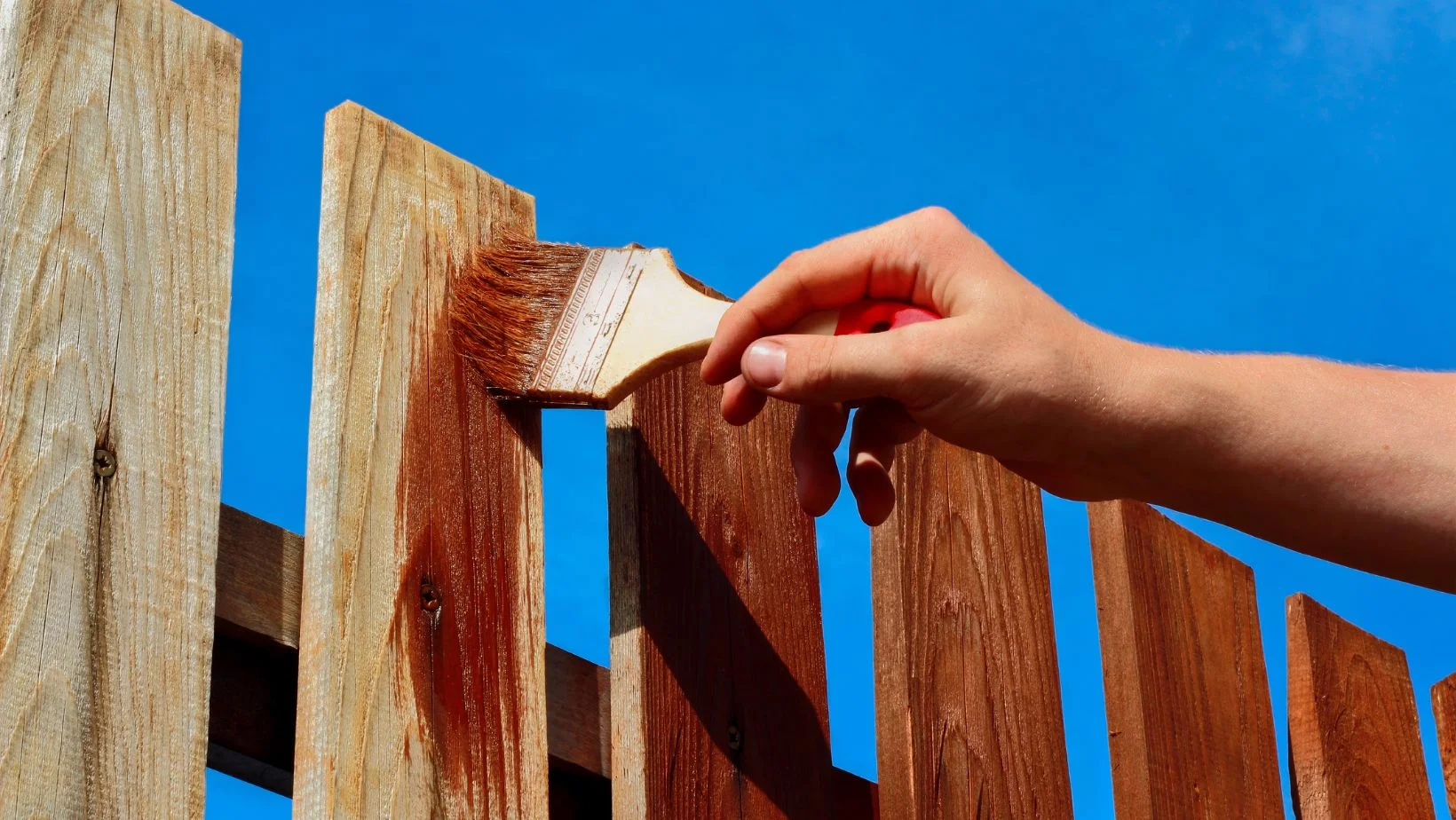Staining your fence enhances its appearance and protects it from the elements, ensuring its longevity and durability. While the task may seem daunting, with the right approach and techniques, you can achieve professional-looking results that will make your fence the envy of the neighborhood. In this comprehensive guide, we’ll walk you through each step of the process, from preparation to application, so you can tackle your fence-staining project with confidence.
How to Choose the Right Stain for Your Fence
When choosing a stain for your fence, it’s essential to ensure you have a precise understanding of the color before committing to covering the entire surface. The appearance of a small swatch in the store may not translate accurately to the outdoors. Experiment with a few colors on a scrap piece of wood to gauge their suitability.
Opt for a stain that harmonizes with the color scheme of your house. Consider a semi-transparent stain with a neutral tint to maintain a natural look that complements the wood grain. Alternatively, for a vibrant burst of color, opt for a rich hue that conceals the wood grain entirely.
How to Stain a Fence
1. Prep the Area
Before you start applying the stain, make sure to prep the area and the wood. Trim any plants around the fence so you can easily reach the wood. Also, remove any old paint or coatings that might stop the stain from soaking in. Then, just ensure the fence is clean of any dirt or debris.
2. Addressing Mold and Mildew
Start by treating any existing mold and mildew by spraying them with a diluted bleach solution. Afterward, wash it off the fence.
3. Cleaning the Fence
Thoroughly clean the wood using a pressure washer or a hose with a spray nozzle. Use a brush to scrub off any grime as necessary.
4. Repairing or Replacing Damaged Boards
Once the fence has dried, use an exterior-grade patching solution that can be stained to fix any minor board damage. For older fences with significant damage, consider replacing individual boards.
5. Apply the Stain
- Mix the stain according to the manufacturer’s instructions.
- Choose your preference between these two most popular application methods:
Sprayer Method: If your stain suits pump-style sprayers, use one for fast and efficient application. You may need a special paint sprayer for some stains, so check the specifications before beginning. Fill the sprayer with the stain and apply it in sections to ensure even coverage as the stain tends to dry quickly, especially outdoors.
Brush and Roller Method: If overspray is a concern, opt for the brush and roller method. Apply the stain with a brush and roller as if you were painting. Use a natural-bristle stain brush and a medium-nap roller designed explicitly for stain application for best results.
6. Reapply if Necessary
.Apply additional coats of stain as needed to achieve the desired depth of color or to ensure a uniform application. If you need more clarification, refer to the manufacturer’s recommendations for the most effective method to enhance the appearance of your specific stain.
With these step-by-step instructions, staining your fence like a pro is well within reach. By properly preparing the surface, applying the stain evenly, and allowing for adequate drying time, you can achieve professional-looking results that will protect and beautify your fence for years to come. So roll up your sleeves, gather your materials, and get ready to transform your fence into a stunning focal point of your outdoor landscape.










